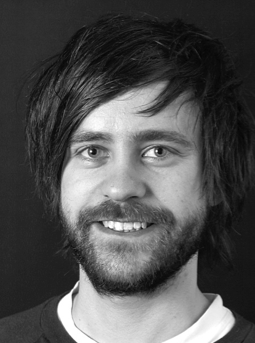The MR methodology group supports the research activities that involve magnetic resonance (MR) at the DRCMR.
MR is a cornerstone in the research at the department and is in many projects often used in conjunction with other independent methodologies. In this group, we support the MR acquisition part of these projects.
The centre has 7 MR scanners. Four scanners used in both in research and in the clinic: two 3T Siemens Prisma and Verio and two 1.5T Siemens Espree and Avanto and two Philips Achieva systems (3T and 7T) dedicated to research only. We also have a preclinical Bruker BioSpec system (7T) used for animal research, post mortem imaging and method development on phantoms. In the MR Methodology group, we try to synchronize the data acquisition and quality, and try to maximize the potential of the different systems.
Part of this work is to pioneer new techniques, exchange sequences between our own systems and with other sites around the world. An important aspect of this work is also to monitor data quality and to plan hardware repairs and updates. Work is also done on adopting cutting edge hardware built by our collaborators or in our own workshop. Furthermore, we organize the mandatory MR safety training for all staff at the DRCMR.




